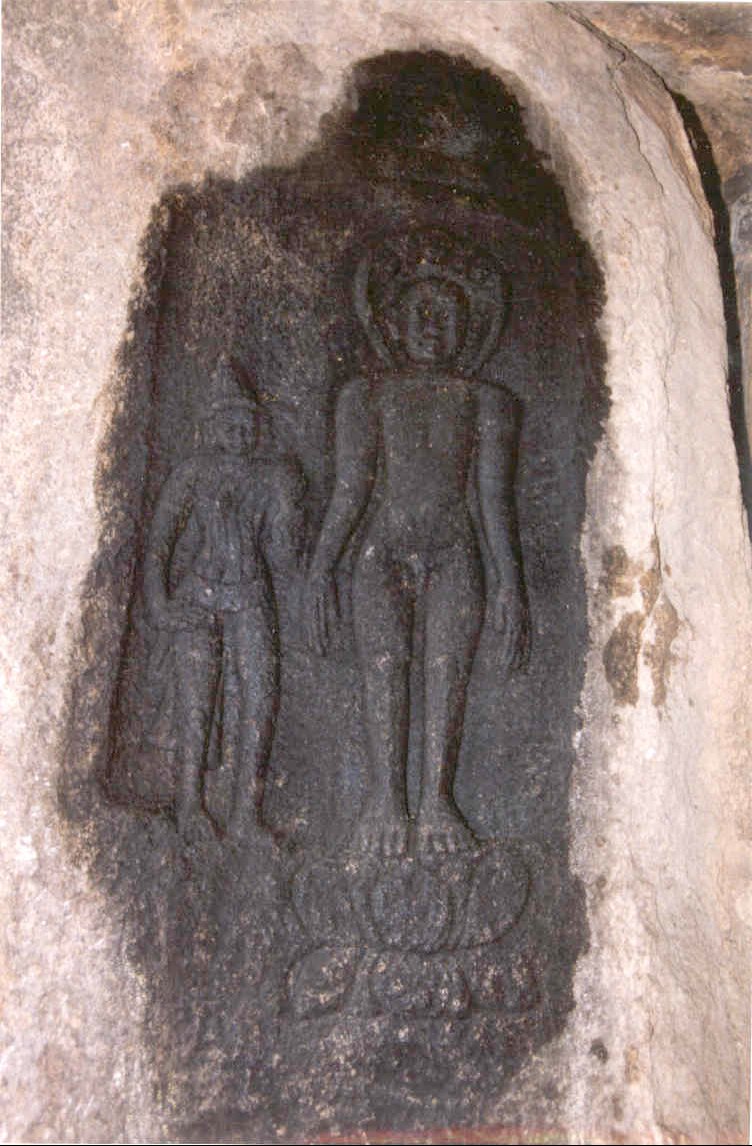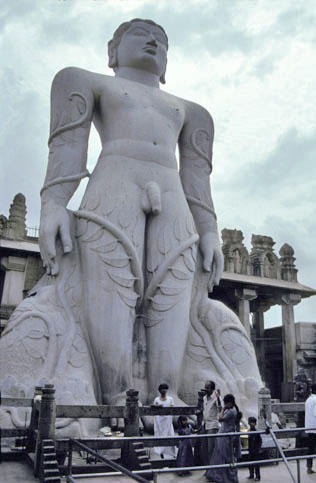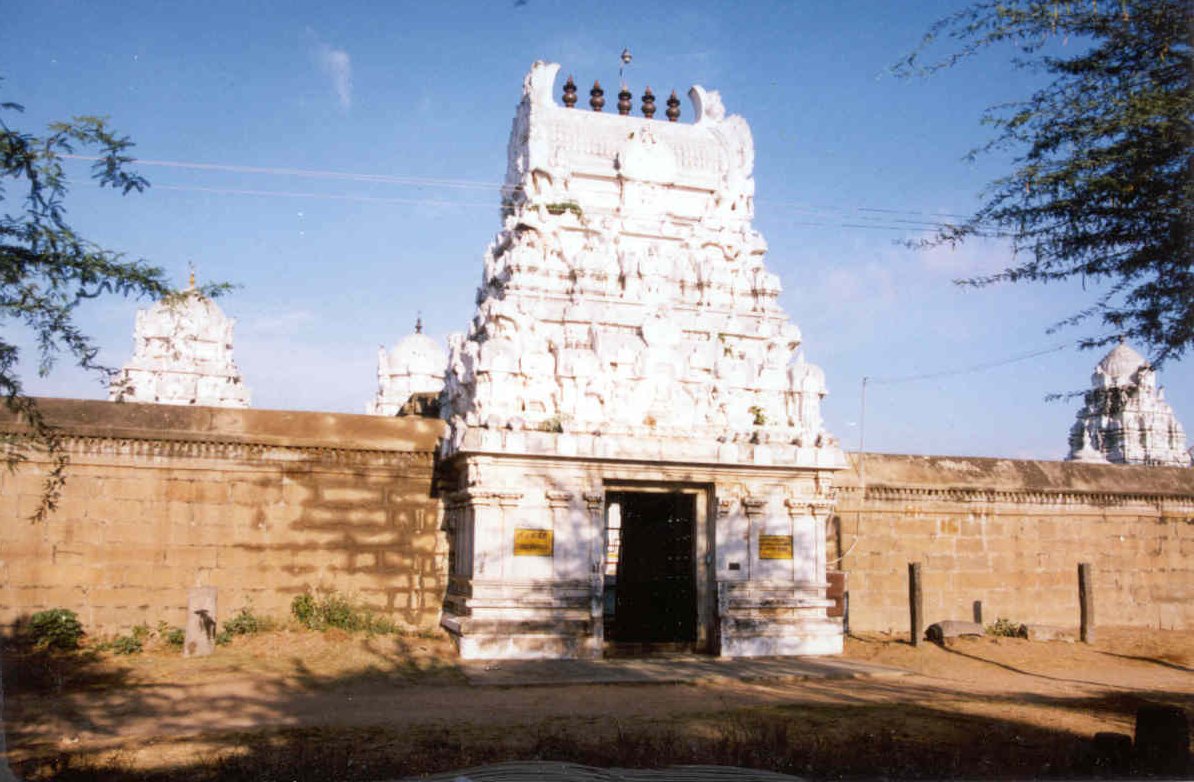Jainism in South India
 |
| Ennaayaram Malai, Tamil Nadu |
Note: I don't cover the copious Sanskrit, Prakrit, Kannada, Tamil and Telugu literature that were written or influence by Jaina monks and Kings. You will have to pay me to read about all that give you nice summary, because I would have to take some time off my day job.
Happy reading, and keep your Wikipedia and Atlas nearby.
Jainism in South India
Jainism, during the 10th century, was widespread
in the Indian peninsula. It was one of the four prominent Indic traditions, the
other being Saivism, Buddhism and Vedic Hinduism. Jainism came to the South
India before Buddhism, and first came to the present Karnataka region before
spreading to Tamil Nadu, Kerala and Andra Pradesh.
K.A.N.Sastri writes
“Jainism had more influence than Buddhism on the life of the people, particularly in Karnataka and in the Tamil country owing to the striking contributions made by Jaina authors to the literature of Kannada and Tamil”.
This could be because Jainism had more in
common with Hinduism than Buddhism. Several rituals and beliefs were common to
Hindu and Jain systems.
As per legends sage Bhadrabahu came to Sravanabelgola ,
Karnataka in South India circa 300 B.C. As per certain legends Bhadrabahu was
the eighth teacher in succession after Mahavira. The exact date and
teacher-pupil lineage of Bhadrabahu differs according to different Jaina
traditions. A legend speaks of the
famous Chandragupta Maurya coming along with Bhadrabahu to South India. The
Svetambaras believe Bhadrabahu migrated to Nepal and not to the Mysore region
in South India.
Early Prominent teachers
Original community
leaders: 37 B.C. – 75 A.D.
Bhadrabahu II was
the leader of the Jain community from 37 BC to 14 AD. Some hold the view that
this Bhadrabahu was the one that migrated from the North. The dates of this
Bhadrabahu is also close to the division of Jaina community into Digambara and
Svetambara sects circa 79 A.D as per South Indian accounts. The North Indian
traditions maintain this division occurred around 82 A.D. Bhadrabahu II was followed by Lohacharya who
led the community from 14 A.D. til 38 A.D. He was followed by Arhadbali, then
by Maghanandi and Dharasena. Again there are slight differences in the
guru-sishya lineage. Arhadbali organized the Jaina communities into Sanghas to
ward of hatred in his times. Dharasena compiled the Shatkhandagama-Siddhanta
which was the authoritative volume for a very long time.
Kondakunda (a.k.a Kundakunda)
Kondakunda is the earliest author of philosophical treatises
who is well recognized among both the Digambaras and Svetambaras. He is
associated with the Dravida Sangha. He is considered so great, different
regions of the South claim his nativity. As per one account he hailed from a
village near Guntkal. Some hail him from the Karnataka region, while he was
very active in Kanchipuram – the capital of Pallavas. Tiruparuttikunram near
Kanchipuram is known as Jina-Kanchi and was well renowned Jaina learning
center. Kondakunda is supposed to have established the Dravida Sangha in
Madurai.
Kondakunda was also known as Padmanandi and Elacharya and
was prolific writer in Prakrit. He wrote several treatises and philosophical
postulates that are widely held in respect by the South Indian Jains. He wrote
a commentary on Dharasena’s work. Some legends describe him as the author of
Thirukural, while other legends consider Thirualluvar, the author of
Thirukural, as the disciple of Kondakunda. In any case, some school of thought
considers Thirukural to have been influenced by Jainism.
Umasvami (a.k.a
Umasvati)
Umasvami was the
student of Ghoshanandi, who was the pupil of Kondakunda. Umasvami was a
prolific writer too. His work Tattvarthadhigama Sutra deals with logic,
psychology, ontology and ethics. He wrote several more texts and helped
establish Jainism in South India.
Samantabhadra
Balakapichha was
the student of Umasvami; and Samantabhadra was a student of Balakapiccha. One
legend places him as the son of a Chief of Uraiyur (near Trichy). He is also
said to have been initiated into Digambara sect near Kanchipuram. He wrote
commentaries on Umasvami’s works. The Kadamba rulers were considered to be his
followers.
Devanandi (a.k.a Pujyapada)
The dates and lineage of Devanandi is shrouded in confusion.
He was a outstanding writer, scholar, grammarian, mystic, poet and Yogi. He was
considered one of the eight great grammarians of the country. And people
perceived he had Mahavira’s mind. He was born in a Brahmin family near Mysore.
He wrote a commentary on Umasvami’s Tattavartha-Sutra. He is associated with
the Ganga Dynasty.
The South Indian Jain
Sangha established by Kondakunda had fallen in to disarray around early 7th
century. Vajranandi, a pupil of Pujayapada, revived the Sangha in Madurai
around 604 A.D. Vajranandi was ably helped by other disciples of Pujayapada.
Akalanka, a logician, was a product of this revival. He studied Buddhism and
debated with Buddhists and defeated them near Kanchipuram. He is credited to
have driven the Buddhists to Srilanka. He is associated with the Rashtrakutas;
and his nativity is around Sravanabelgola. He wrote commentaries on Umasvai and
Samantabhara’s works. He is considered the last great Jaina giant in South.
Monarchs and Dynasties who supported
Jainism
Karnataka
Mysore region and other parts of Karanataka came under
influence when Bhadrabahu migrated to Sravanabelgola. The Western parts of
Karanataka was under Jaina influence much later.
Many of the earlier Western Ganga rulers followed Jainism. The
Western Gangas ruled parts of the present day Karnataka between 350-1000 A.D.
King Bukkaraya of the Vijayanagar dynasty helped the Jainas
when they complained prosecution by the Vaishanavite. Bukkaraya brokered peace between the groups
where in both followed their practices without interference from the other.
Kadamba Dynasty (345-525
A.D.) was Hindu but encouraged Jainism as well.
Under Chalukya and Rashtrakutas, Jain temples and
monasteries were built all over their kingdoms. The Chalukya Dynasty (419-1156
A.D.) began as feudatories to the Kadamba Dynasty, patronized Jainism. The
Rashtrakuta Dynasty (757-933 A.D.) helped spread Jainism in the Deccan region.
Hoysala Kings (1006-1250) were zealous Jaina Kings who
contributed to fine monuments in the Mysore region. The Vijayanagar Empire and
the Wodeyars of Mysore continued to support Jainism. The Vijayanagar Kings were
devotees of Siva and Vishnu but encouraged Jainism. The Wodeyars along with
several chiefs in the Mysore region continued to patronize Jainism.
Tamil Nadu
Jainism is supposed to have entered Tamil Nadu circa 80 A.D.
The Sangha initiated in 420 A.D. was a model for the Tamil Sangam poets.
Kanchipuram and Madurai were important Jaina towns. Bhutabali (66-90 A.D.)
Pallavas, who were Hindus, rose to power circa 300 A.D. but
keenly supported Jainism. Jainism
suffered its first blow under Pallavas when Mahendravarma (600-630 A.D.) converted
to Saivism under the influence of the
Saivite saint Tirunavukkarsar (a.k.a Appar). Tirunavukkarsar himself was a
convert to Saivism from Jainism.
The Pandya King Arikesari Parankusa Maraarma (670-710 A.D.)
was a Jaina King with a Queen from the Chola Dynasty – who were Saivities.
Arikesari under the influence of Sambandar converted to Saivism.
The Cholas were Saivites but who tolerate Buddhism and
Jainism in their Kingdom. They donated Hindu, Buddhist and Jaina temples and
viharas.
Andhra Pradesh first came under the influence of Buddhism
from the days of Asoka. Asoka’s grandson Samprati did for Jainism what Asoka did for Buddhism. Samprati repaired and built Jaina
temples throughout the Indian sub-continent. He sent missionaries to not only
Kalinga but down to the Southern parts of India as well.
The Kalinga King, Kharavela was an enthusiastic Jain who introduced, encouraged and spread Jainism in
Andhra. Kharavela was the grandson of Khemaraja
of the Chedi dynasty.
The queen of the Eastern Chalukya King Vishnuvardhana (624-641 A.D.) built a shrine and monastery near
Vijayawada.
The Prince of Vemulavada Baddegaraja II built Jaina temples. He ruled parts of the present
day Karimnagar District of Andhra Pradesh.
Ammaraja II (Vijaaditya)
of the Mudigonda Chalukya dynasty also patronized Jaiism. He was a Saivite
however his wife was a Jaina supporter.
Vimaladitya Bhima III (1011-1022 A.D) an Eastern Chalukya
King, who was a Saivite, converted to Jainism and supported it with tremendous
zeal.
Rajarajadeva III (1253 AD) supported Jainism in the
Vishakapatnam area.
Labels: Jainism, Religion, South India




0 Comments:
Post a Comment
Subscribe to Post Comments [Atom]
<< Home